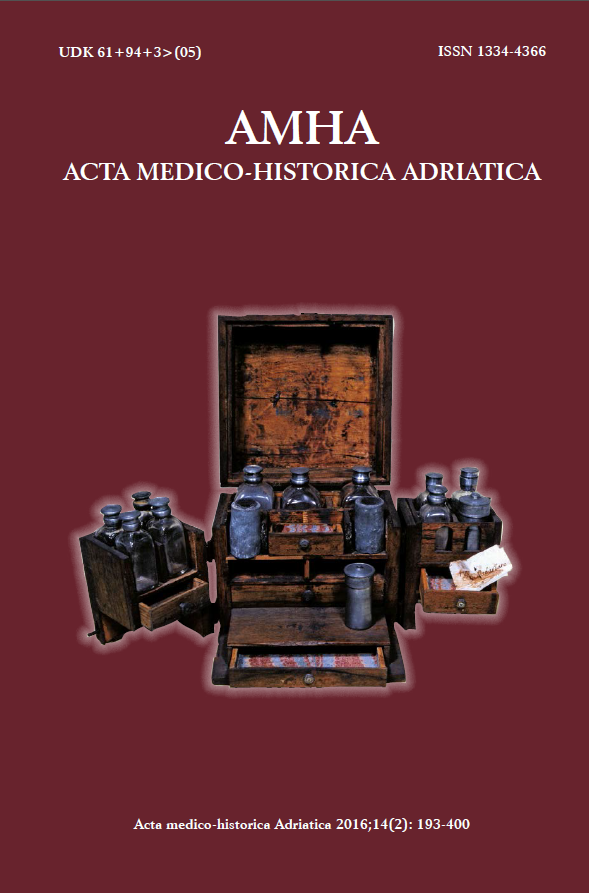IL RUOLO DELLE CONDIZIONI IGIENICOSANITARIE A BARI NELLA POLITICA DI COSTRUZIONE DELL’ACQUEDOTTO PUGLIESE
Keywords:
water, typhoid fever, cholera, Bari, Apulian aqueductAbstract
In the city of Bari (Italy), during the 19th century, energetic political battles were carried out between the administrators and governors in order to ensure the population the primary resource for life: the water. In this town, there were no rivers or drinking water sources; the thirsty population drank from public and private cisterns for collecting rainwater. The condition of the pavement, poor maintenance of the reservoirs and the presence of absorbent cesspits in the vicinity of the wells were often the cause of pathogenic microorganisms’ infiltration, such as viruses, bacteria or parasites, which were responsible for the most common digestive disorders. This paper aims to highlight the ties between political campaigns for the construction of the aqueduct and the recognition by the scientific community and governors of the causal link between certain diseases and infected water. The case of the city of Bari is exemplary because, according to the statistics of the causes of death, the hygienic conditions of the city changed parallel to the development of urban infrastructures, which radically intensified with the construction of the Apulian aqueduct in 1915, and the sewage system in 1920.


